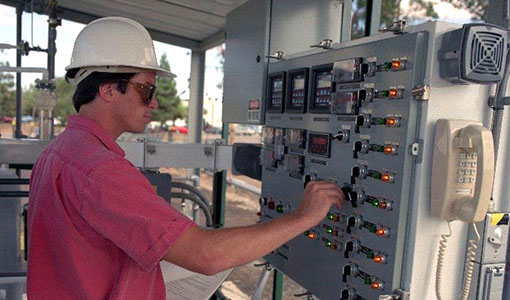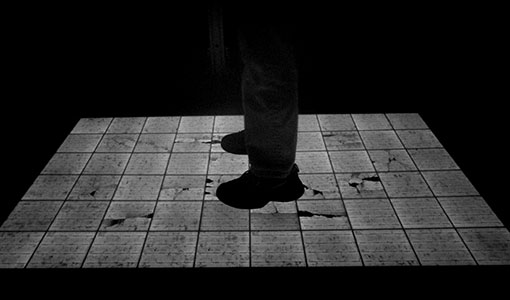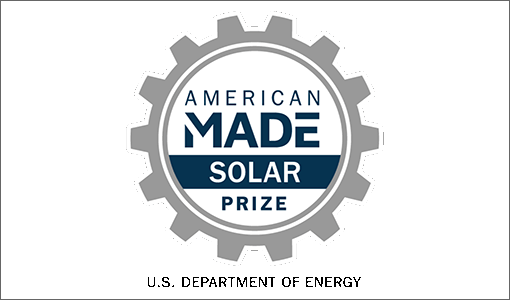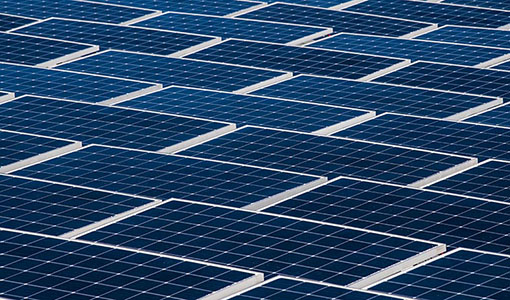Solar Newsletter—April 2022
The Solar Newsletter is an electronic newsletter that provides information about NREL's research and development of solar technologies.
See the Solar Newsletter archives.
Aging Gracefully: Extending the Lifetime of Solar Modules
How long can solar modules last in the sun, wind, hail, snow, and heat? For today’s modules, it’s probably 30 years. Can research push that age of retirement to 50 years? Dive into the NREL-led national lab consortium that’s advancing the science of photovoltaic reliability.
How To Prove Out Perovskite Panels for Space Power
How will perovskite solar cells perform in orbit? In space, radiation comes from all directions in the form of protons, electrons, neutrons, alpha particles, and gamma rays. NREL scientists are participating in a collaborative research effort to test the radiation-tolerating properties of perovskites intended for use in space.
NREL's Concentrating Solar Power Research Heats Up
After 4 years, more than 30 prizes, and $100 million in cash prizes and support, the American-Made program is a pillar of the U.S. Department of Energy's activities, incentivizing U.S. entrepreneurs to strengthen American leadership in energy innovation and domestic manufacturing.
Working Out the Details of a Circular Solar Economy
By 2050, the United States will have installed a lot of solar modules—possibly 20 times the amount installed today. What happens when they're retired? A new, NREL-developed software model is envisioning paths to a circular solar economy. Its analyses are challenging some commonly held assumptions about circularity in the solar industry.
Identifying Best Practices for Validating Hosting Capacity Analyses
As more states and utilities use hosting capacity analysis (HCA) to streamline solar and other distributed energy resource growth, NREL and the Interstate Renewable Energy Council have teamed up to offer advice for ensuring HCA data is validated and trustworthy.
Research Highlights
Winter 2021/2022 Solar Industry Update
Understanding What Limits the Voltage of Polycrystalline CdSeTe Solar Cells
System and Techno-Economic Analysis of Solar Thermochemical Hydrogen Production
Perovskite Solar Cells Can Take the Heat
Savings in Action: Lessons From Observed and Modeled Residential Solar Plus Storage Systems
Upcoming Events
May 9 – Webinar: Reliability Implications of Recent PV Technology Trends
May 10 — Webinar: Data Validation for Hosting Capacity Analyses
Staff Profile – Mark Mehos

Principal Engineer
When it comes to concentrating solar power (CSP) research, Mark Mehos has seen the industry growth and solar boom firsthand. CSP technologies—capturing sunlight to produce heat that drives thermoelectric generation systems—had their beginnings in the mid-1980s, at the dawn of his 35-year career at NREL.
From the early days of low-temperature parabolic troughs to today’s cutting-edge molten-salt-based central receiver power tower systems (and their emerging role in thermal energy storage systems), Mark has seen it all.
"One of the perks of working at NREL is that you are always part of a larger team that works together to solve difficult problems.”
Read more about Mark’s 35-year history at NREL.
Share






